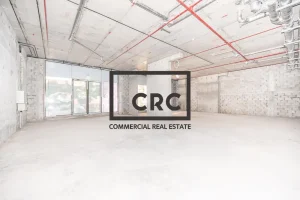The worlds of architecture and 3D printing have collided in a revolutionary fusion of creativity and technology, giving birth to a new era of innovation in the field. 3D printing, also known as additive manufacturing, has emerged as a game-changer, offering architects and designers the power to transform their concepts into tangible realities with unprecedented ease and precision. This article explores the exciting collision between 3D printing and architecture, examining how this cutting-edge technology is reshaping the design process, construction methods, and the very essence of what is possible in architecture. See over here to invest in reliable 3D printing companies in UAE.
A digital playground for architects:
3D printing provides architects with a digital playground to explore their wildest ideas and experiment with intricate geometries and complex designs. Digital models, once limited to computer screens, can now be brought to life with 3D printers, allowing architects to examine and understand their creations in the physical realm. This immersive experience enhances the design process, as architects gain a deeper understanding of spatial relationships, form, and functionality, leading to more refined and visionary designs.
Breaking the boundaries of conventional construction:
The collision of 3D printing and architecture has shattered the boundaries of conventional construction methods. With 3D printers capable of fabricating intricate and large-scale structures, architects can now dream beyond the limitations of traditional building techniques. Complex and unconventional geometries can be realized with relative ease, opening up new possibilities for bold and visionary architectural creations.
Sustainable and resource-efficient building:
Sustainability is a pressing concern in contemporary architecture, and 3D printing offers a sustainable solution. Additive manufacturing minimizes material waste, as objects are constructed layer by layer, precisely using only the required materials. This resource efficiency aligns with the principles of sustainable architecture, contributing to reduced environmental impact and a more eco-friendly approach to construction.
Customization and contextual design:
3D printing empowers architects to create highly customized and contextually sensitive designs. Buildings can be tailored to suit specific site conditions, climate, and user needs. This level of customization fosters a stronger connection between the building and its occupants, enhancing the overall user experience and satisfaction.





